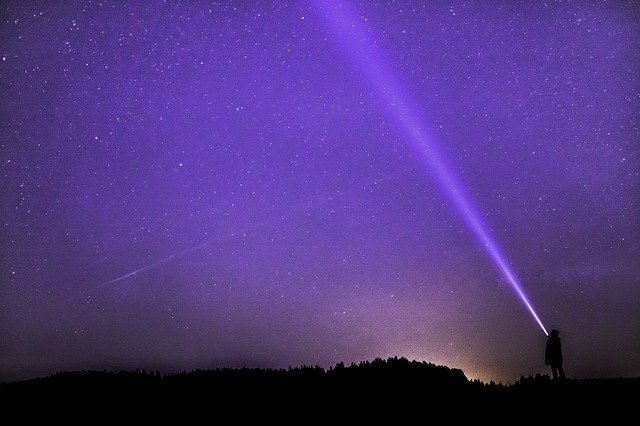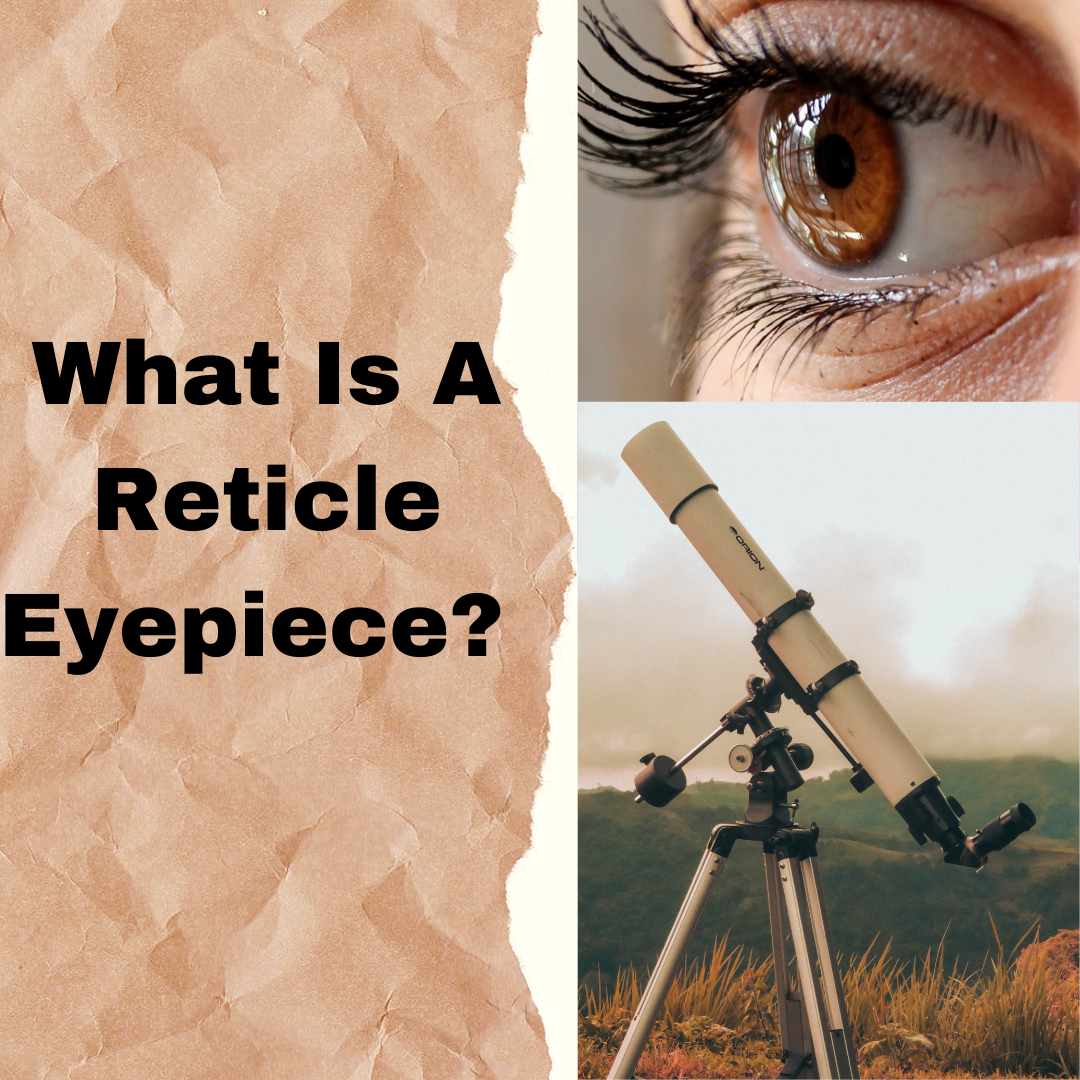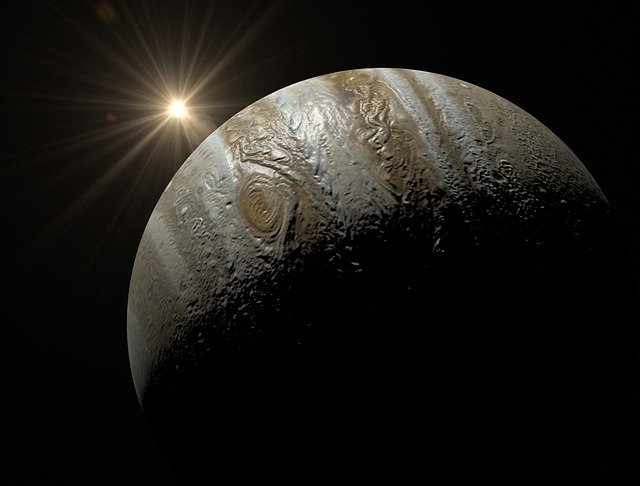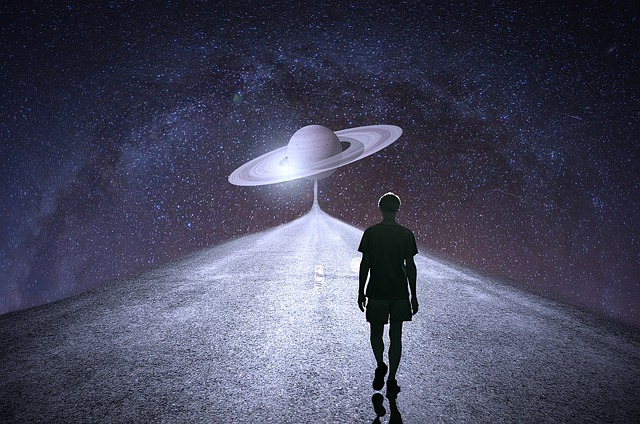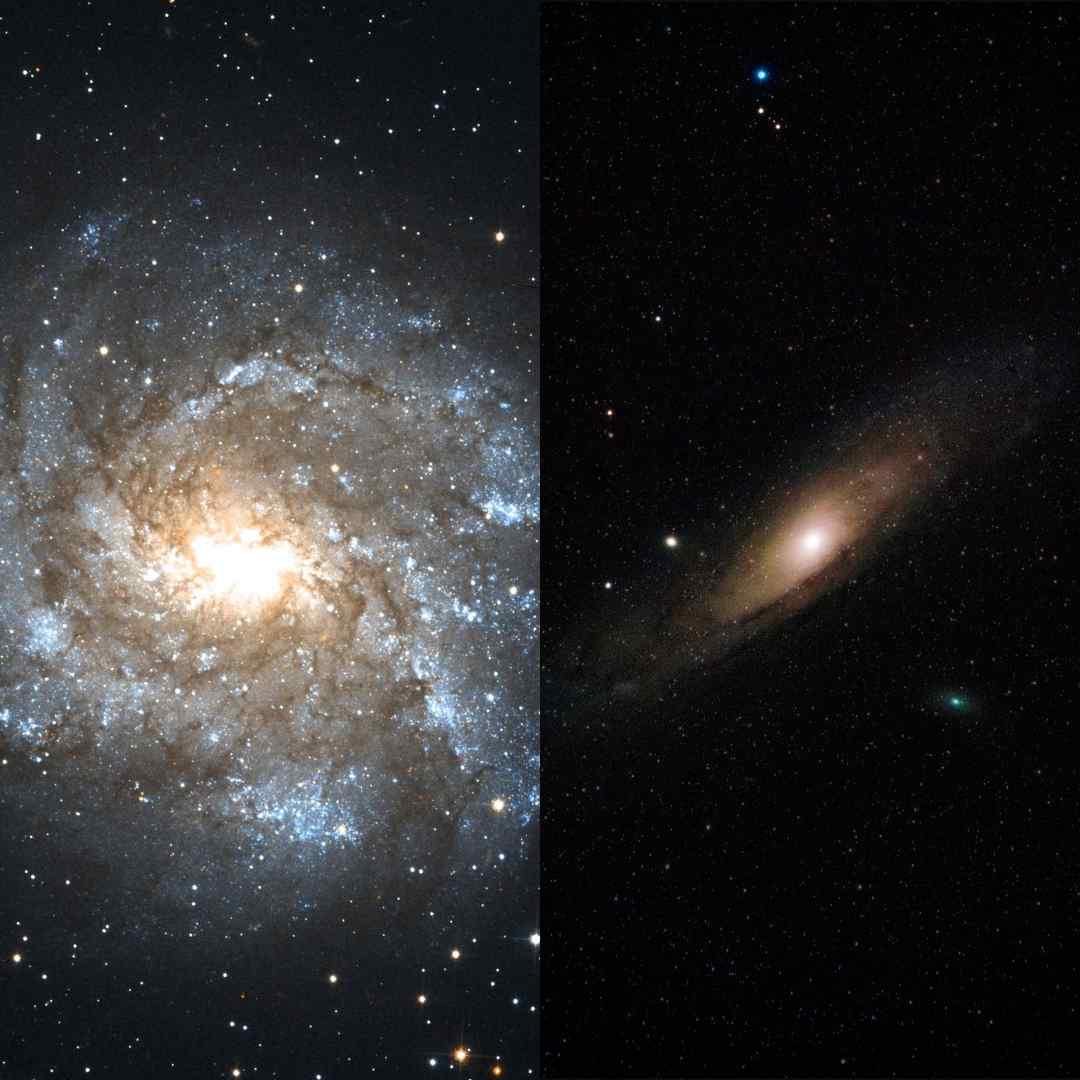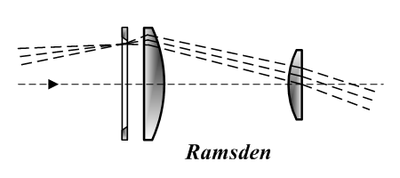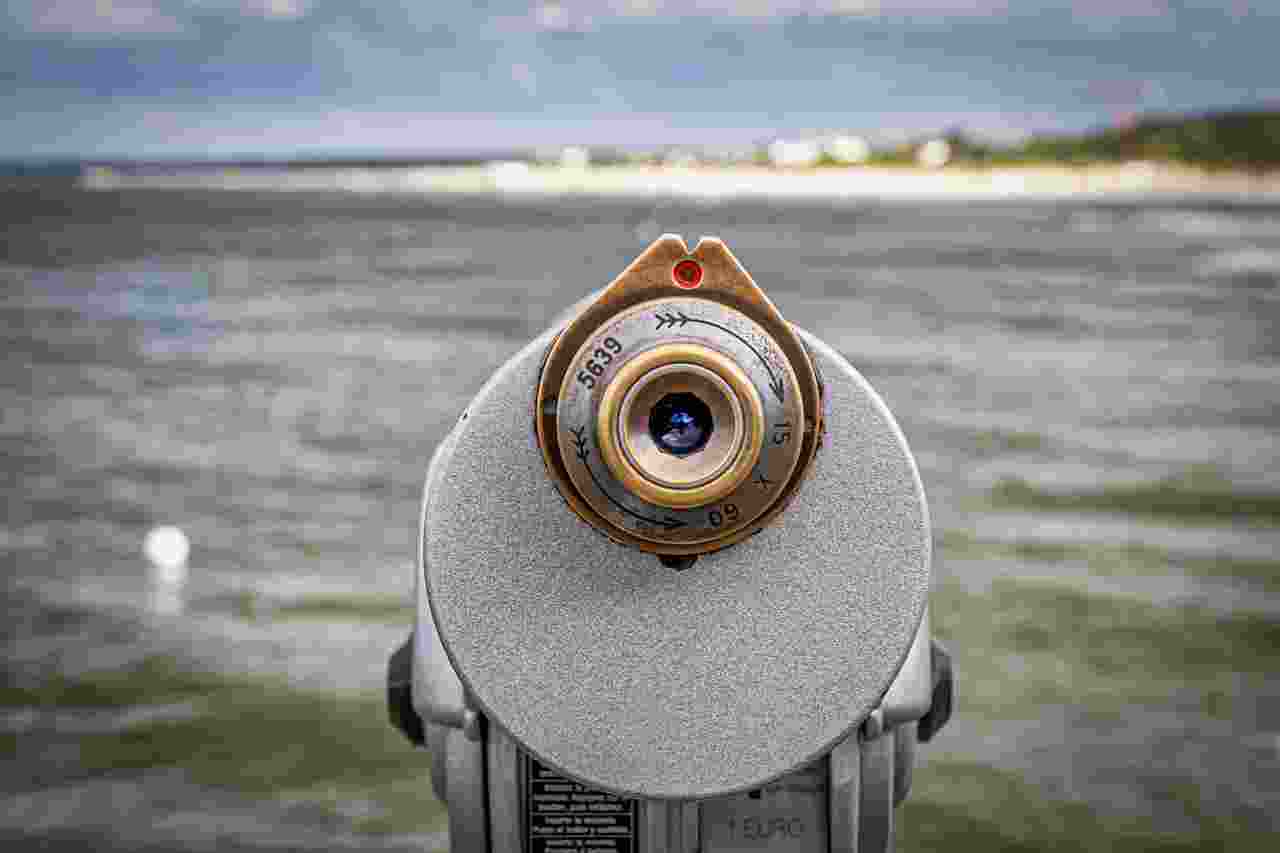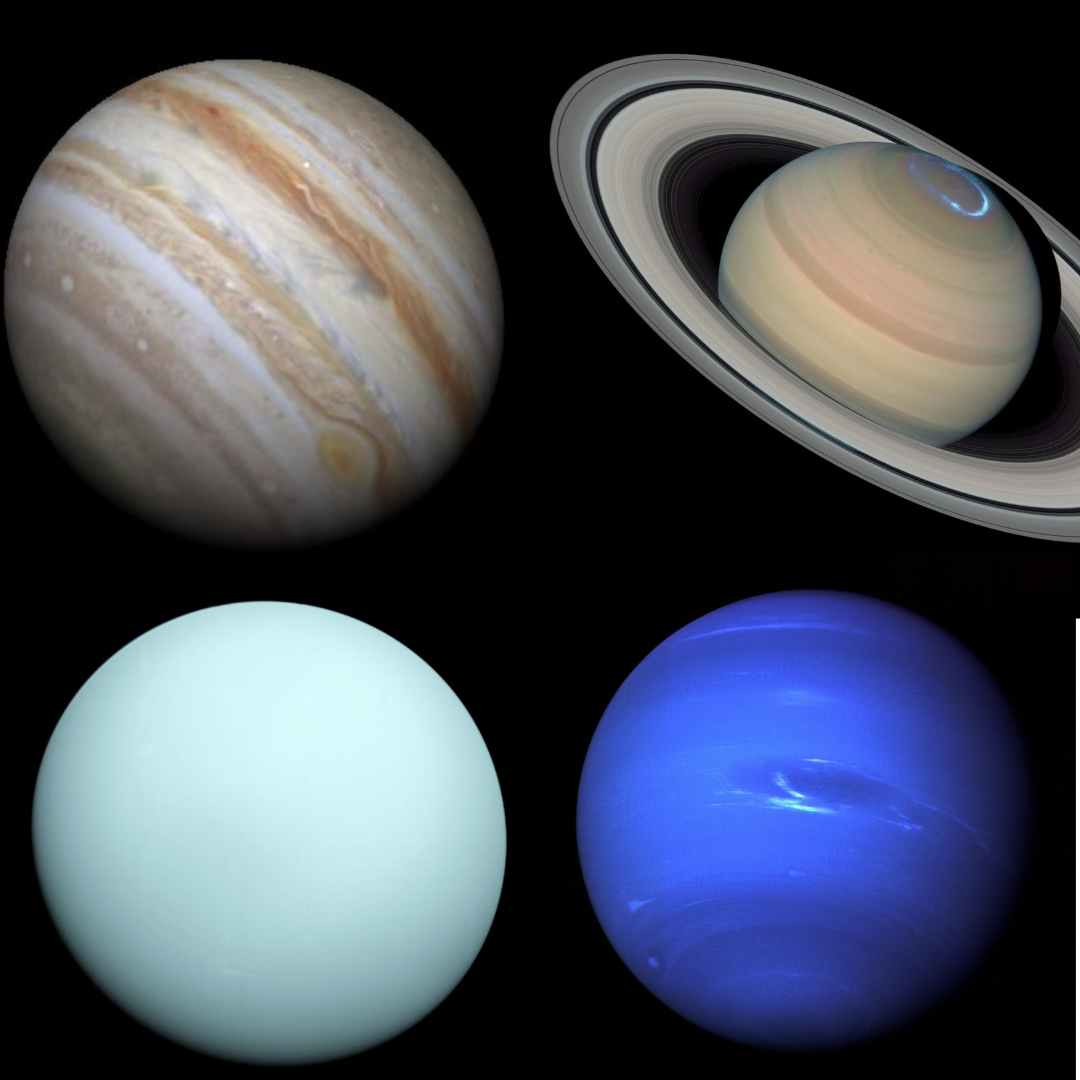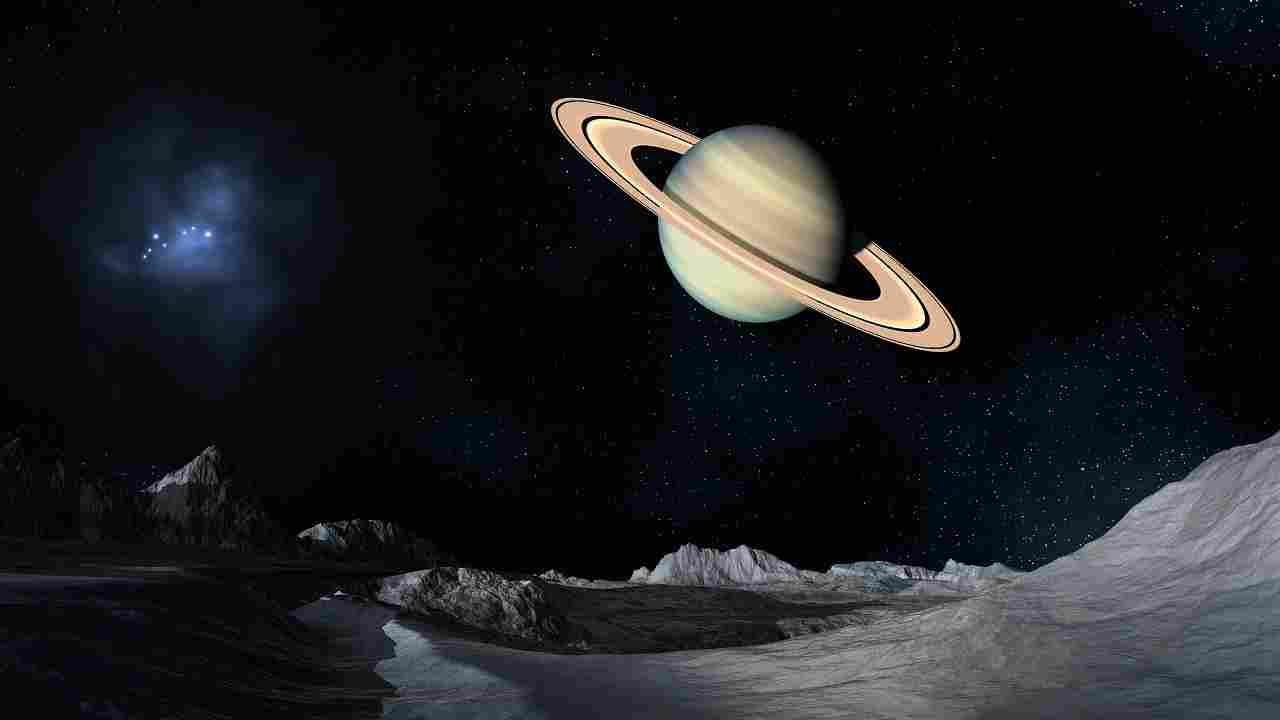7 Best Fuji Lenses For Astrophotography (2024)
Astrophotography is an expensive hobby as it can require a variety of accessories to do effectively whether it be a great camera, a top notch telescope and of course an awesome lens to help you shoot night sky and planet photos. This post will simply go over 7 Fuji lenses that will add to your … Read more

